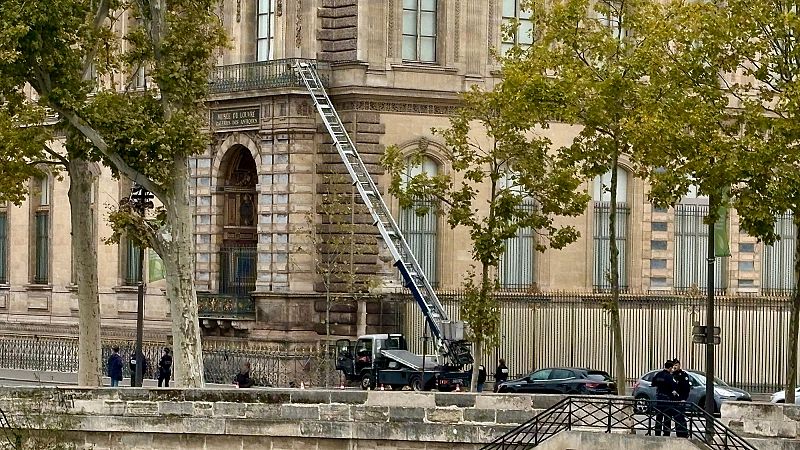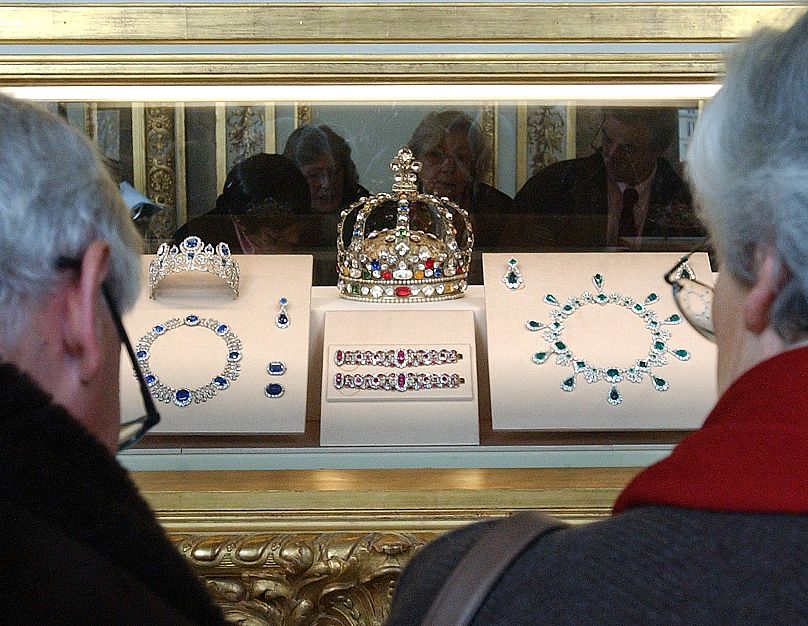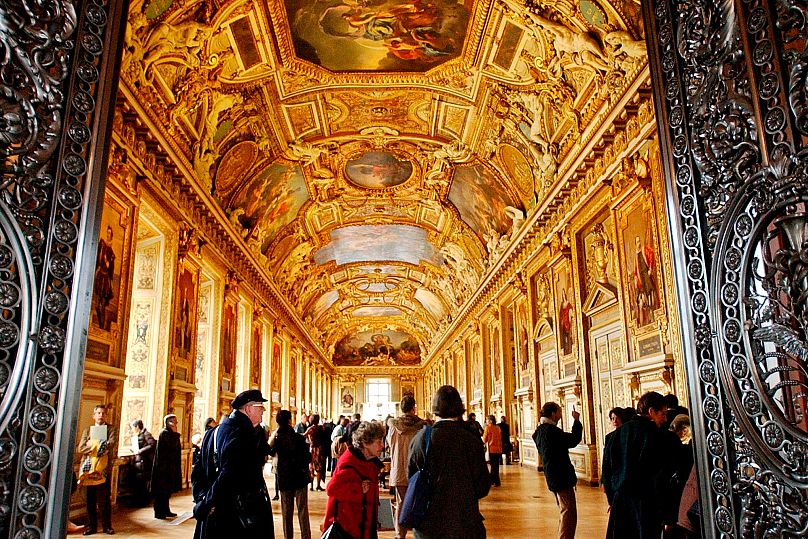Jewels of 'inestimable' value stolen from Louvre museum in Paris in major heist

France's world-famous Louvre museum in Paris was forced to close on Sunday after thieves broke into Apollo Gallery and stole valuable crown jewels.
Interior Minister Laurent Nuñez confirmed the heist, saying the thieves used a basket lift to access the room directly, forced a window and broke display cases to steal the jewels, before escaping on two-wheelers.
He said forensic work is underway and a precise inventory of the stolen objects is being compiled, adding that the items have “inestimable” historical value.
Culture Minister Rachida Dati wrote on social media there were "no injuries to report," adding "I am on site alongside the museum teams and the police. Investigations under way."
In a post on X the Louvre confirmed it will be closed "for exceptional reasons".
Video from the scene showed confused tourists being ushered out of the glass pyramid and surrounding courtyards as officers shut the iron gates and closed nearby streets along the Seine.
Nuñez called it a "major robbery," adding that the heist took seven minutes and the thieves used a disc cutter to slice through the panes. He said it was "manifestly a team that had done scouting."
Local newspaper Le Parisien reported that nine pieces were stolen from the Napoleon and the Empress's jewellery collection in the Apollo Gallery, including a necklace, a brooch, a tiara and more.
The Apollo Gallery is a vaulted hall in the Denon wing that displays part of the French Crown Jewels beneath a ceiling painted by King Louis XIV’s court artist.
One stolen jewel was later found outside the museum, the paper reported, adding that the item was believed to be Empress Eugénie’s crown and that it had been broken.
One witness, Kaci Benedetti, described in a post on X scenes of panic inside the museum as people tried to exit when police arrived.
An internal source at the Louvre was cited by Le Parisien saying the famous Regent diamond, the largest in the collection at more than 140 carats, was not stolen.
The Louvre has a long history of thefts and attempted robberies. The most famous was in 1911, when the Mona Lisa vanished from its frame, stolen by Vincenzo Peruggia, a former worker who hid inside the museum and walked out with the painting under his coat. It was recovered two years later in Florence — an episode that helped make Leonardo da Vinci’s portrait the world’s best-known artwork.
In 1983, two Renaissance-era pieces of armor were stolen from the Louvre and only recovered nearly four decades later. The museum’s collection also bears the legacy of Napoleonic-era looting that continues to spark restitution debates today.
The Louvre is home to more than 33,000 works spanning antiquities, sculpture and painting — from Mesopotamia, Egypt and the classical world to European masters. Its star attractions include the Mona Lisa, as well as the Venus de Milo and the Winged Victory of Samothrace.
Today



